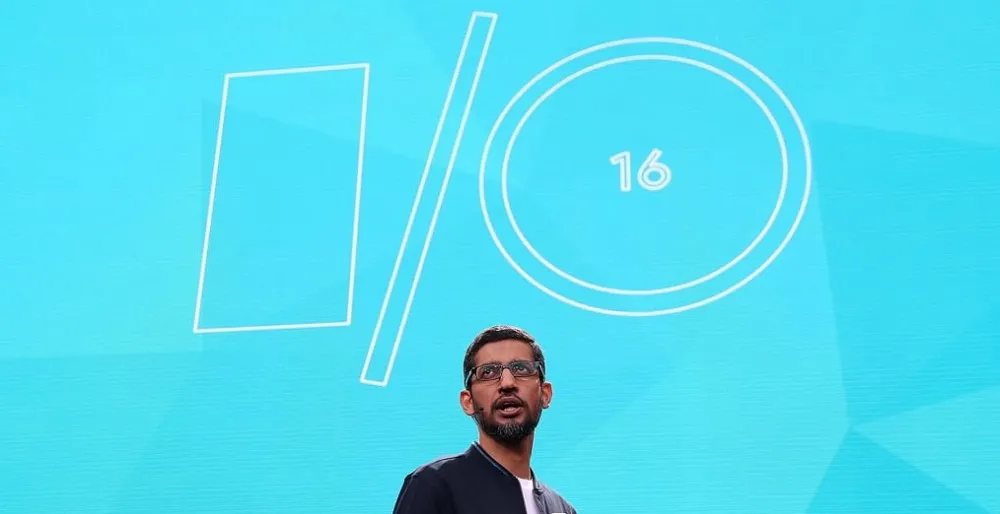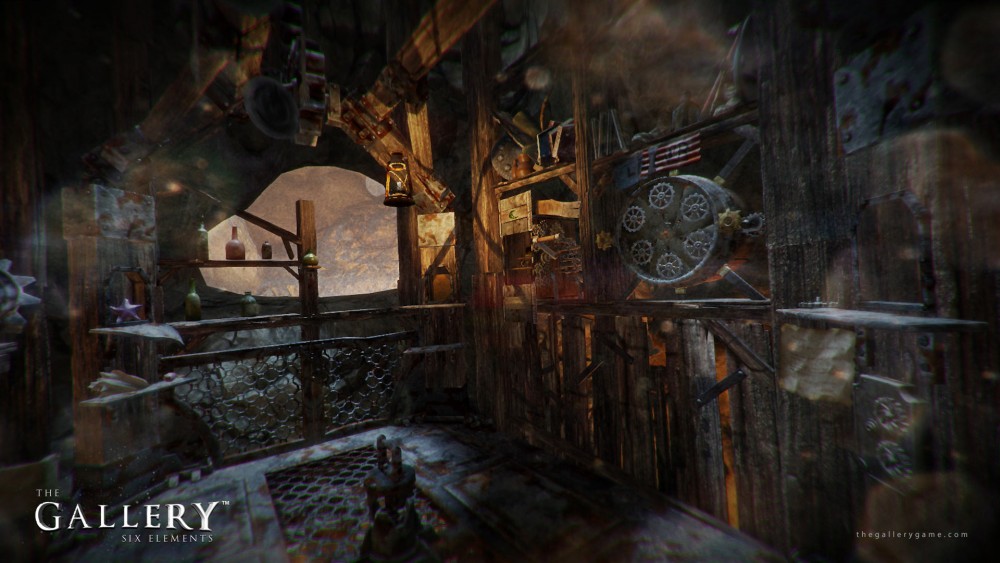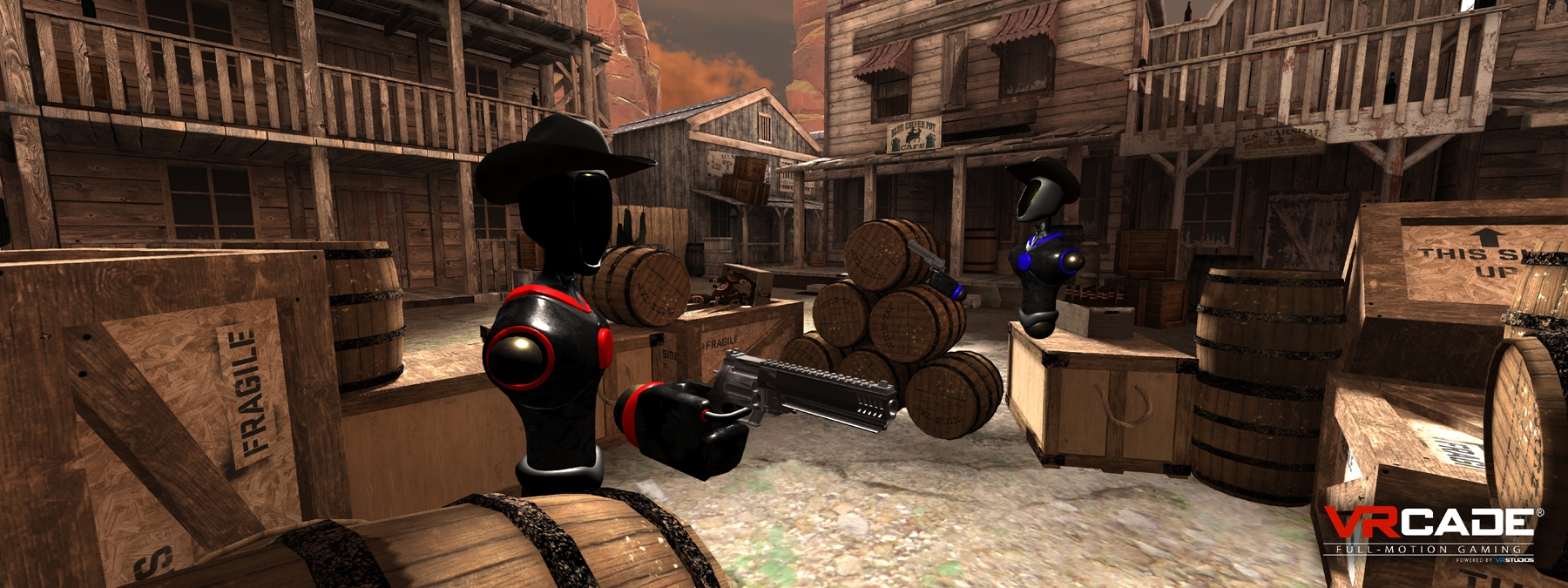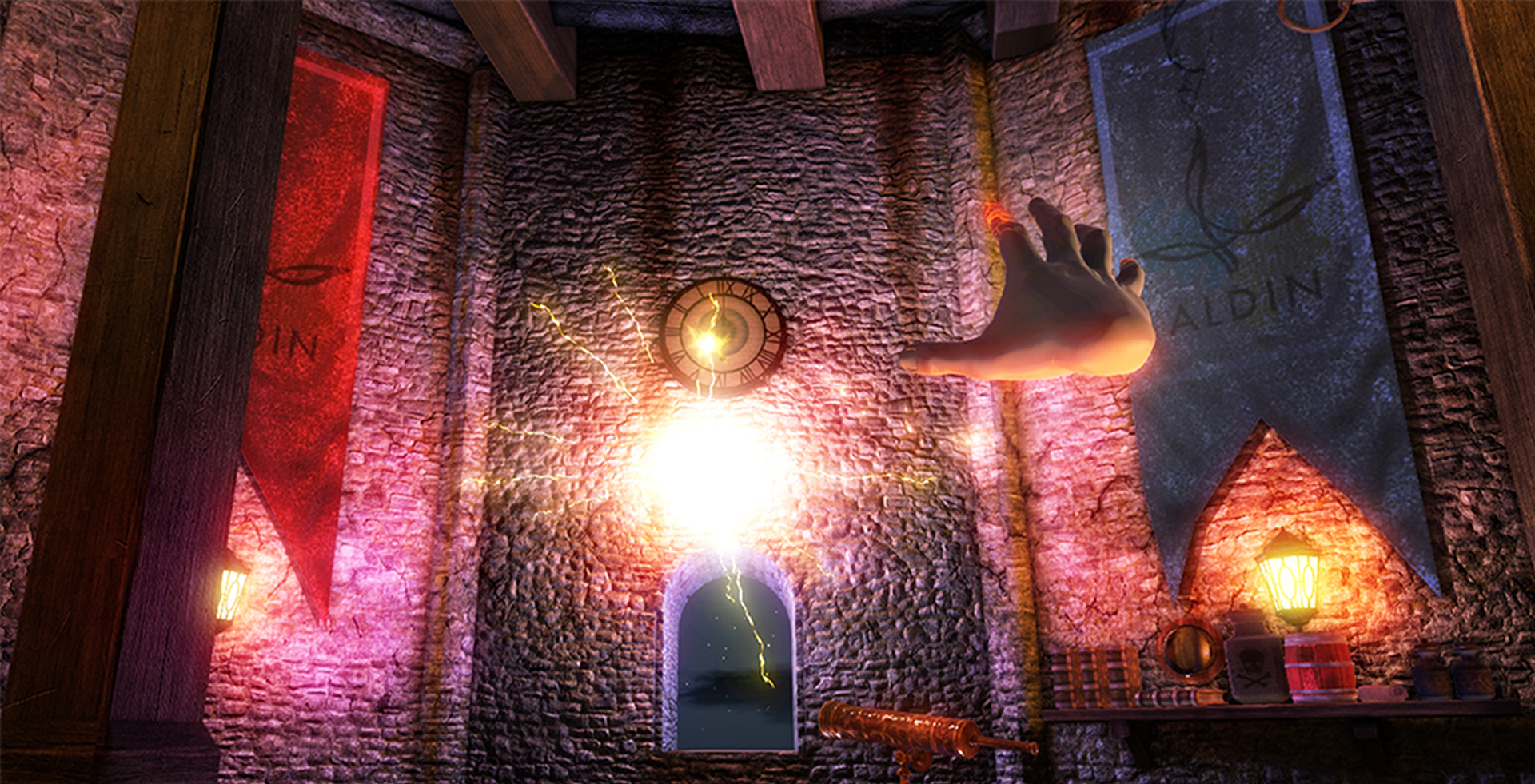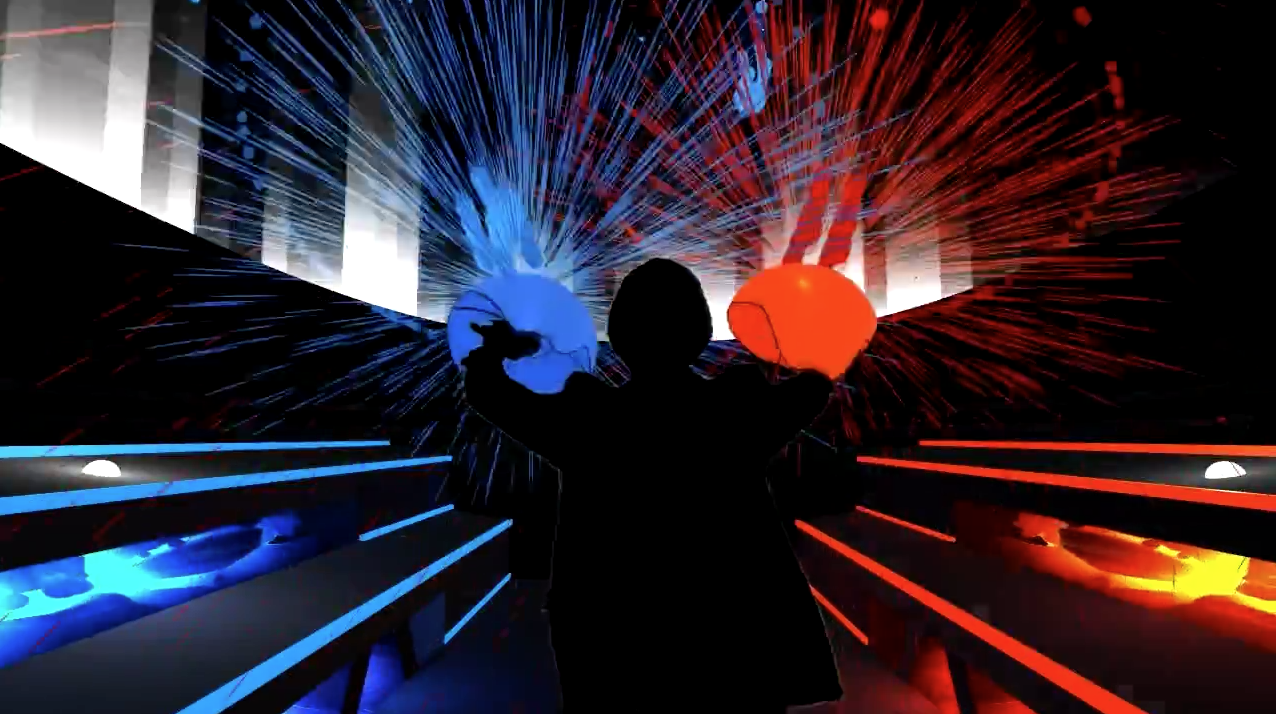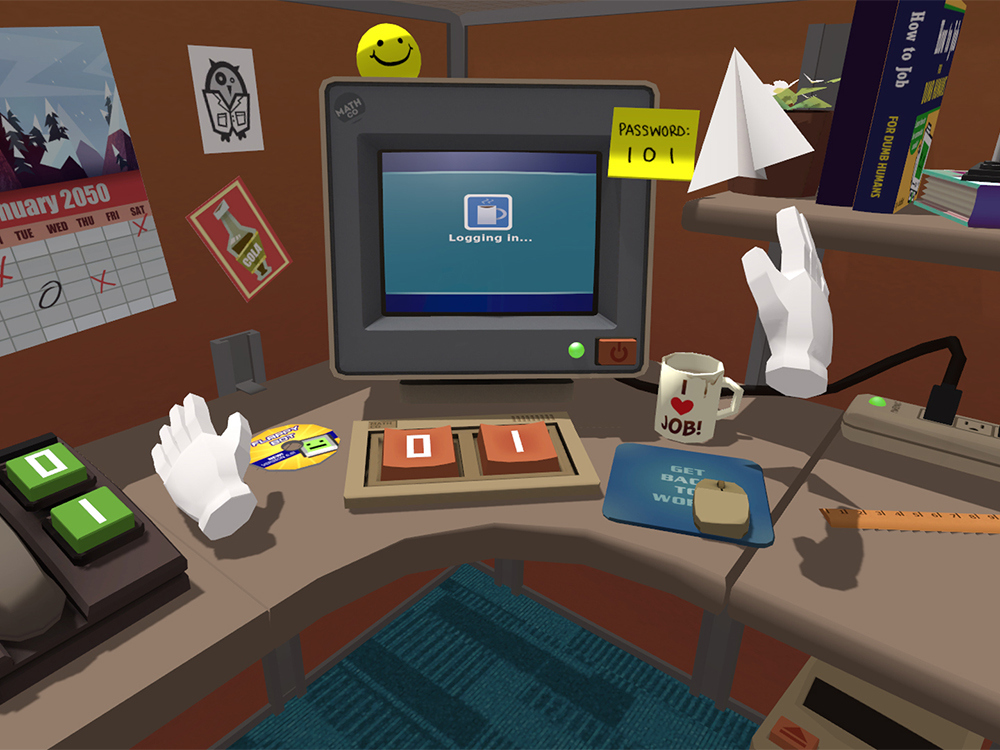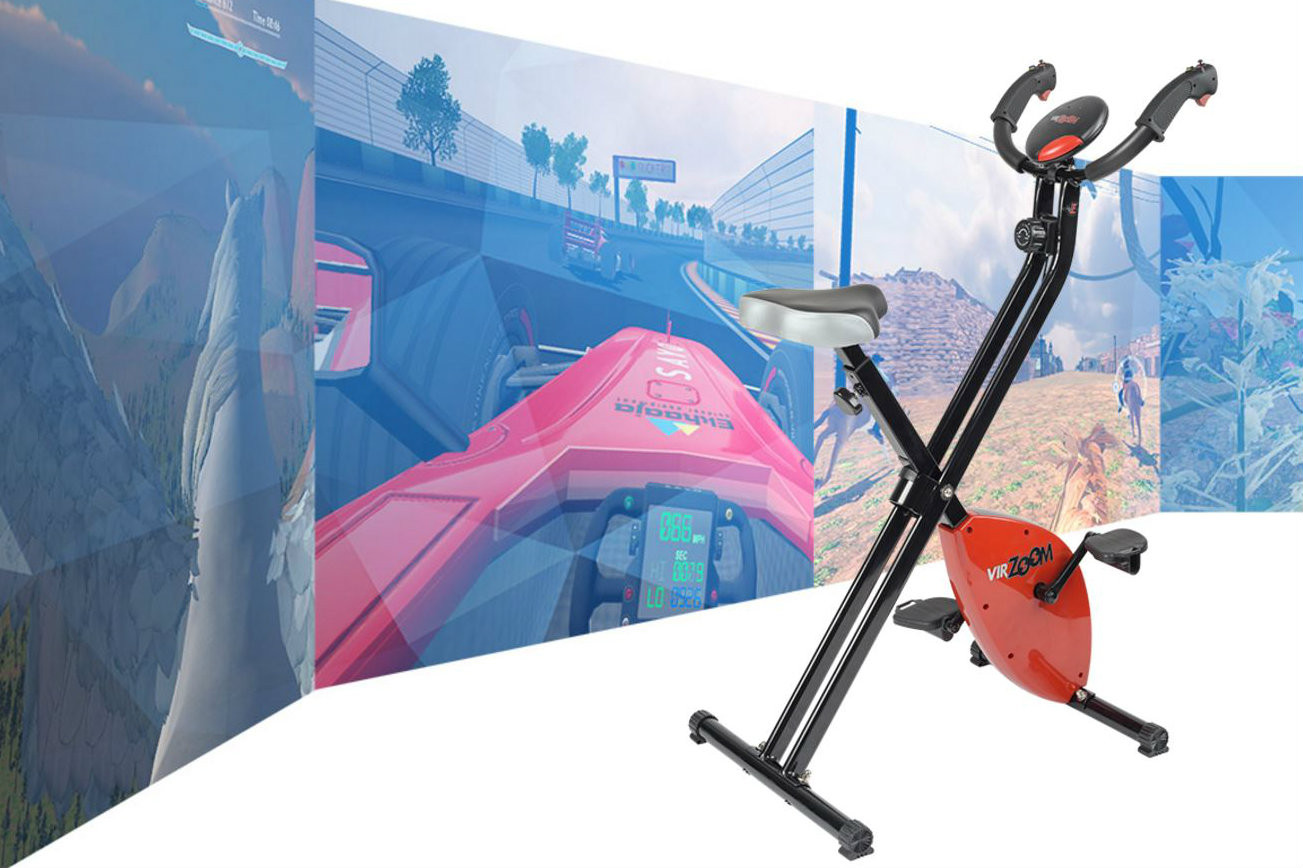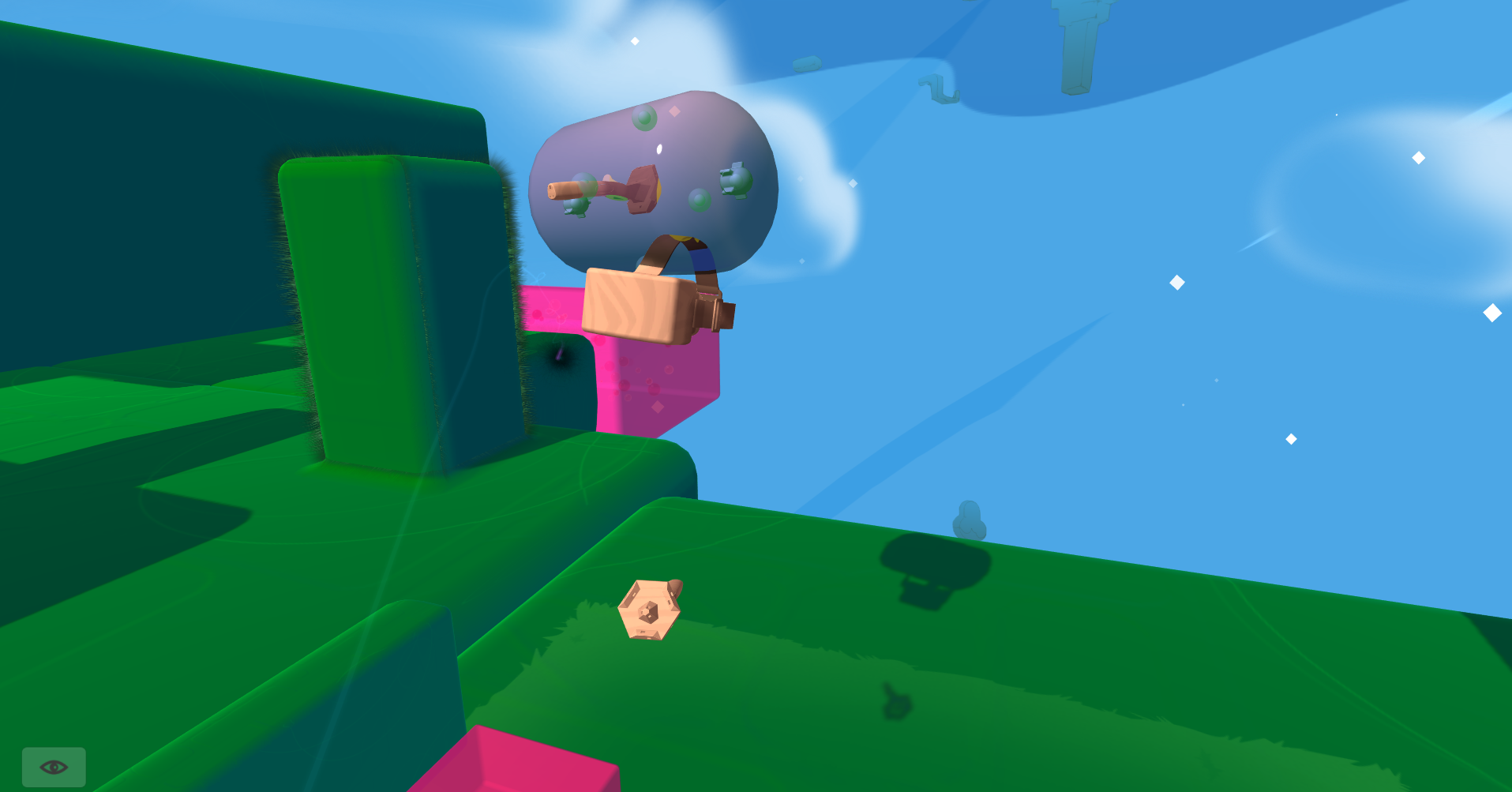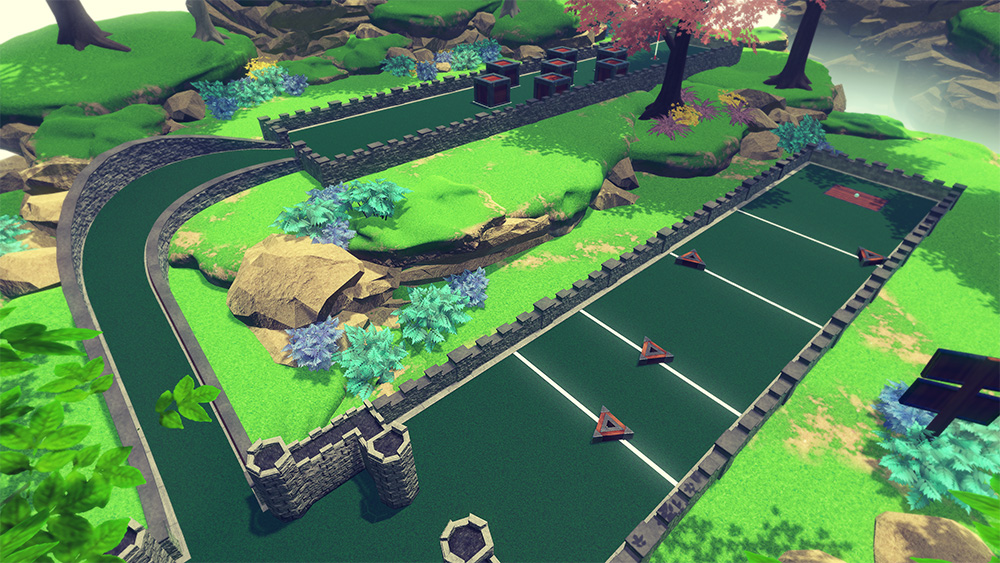Google’s announcement of their new VR platform, Daydream, was big news for the tech world at Google I/O. Not only are major content partnerships already in the works with content providers like Electronic Arts, Ubisoft, HBO, and even IMAX, all eyes are on Daydream as a budding VR platform.
On the heels of the announcement, we reached out to several prominent developers in the VR community to get their take on the news, what it means for the future of VR, and where they see it taking the industry next.
Joel Green // Producer and Audio Director at Cloudhead Games (The Gallery)
“It’s always a good thing when VR becomes more accessible to the masses, and Daydream looks like it will really help to push things forward in that regard. We haven’t been able to check out the actual platform devtools yet, but so far it looks well thought out and we’re of course very excited to get our hands on it.
While we’d love to see 6dof tracking on all VR platforms, we realize that it’s a huge challenge for mobile, so this seems like a good half step. We tend to view these different tiers of VR as completely different mediums, and have no doubt that there will be plenty of compelling content on the Daydream platform. People expecting straight ports of Vive games may be disappointed though.
Again, it looks like they’ve really thought out the dev tools and are trying to make it as easy as possible to create content. Having ready-made Unity and UE4 integrations is absolutely the right way to go.”
Mary Jesse // Chief Strategy Officer at VRstudios (Time Zombies, Barking Irons)
“It is very helpful for the market to have a prominent tech player continue to raise general VR awareness among consumers. We look forward to following all of Google’s VR developments. VRstudios believes whether it’s a consumer or enterprise customer using VR, the experience should be fully immersive and interactive through full motion, meaning to move freely without wires, simultaneous multi-user play, and precise 1:1 tracking.”
Hrafn Thorri Thorisson // Chief Executive Officer at Aldin Dynamics (Waltz of the Wizard)
“The Daydream platform is a good step towards more accessible mobile VR. We would’ve loved to see a positionally tracked solution both for input and the headset itself, but the hardware challenges facing mobile VR in that area are very real, so we applause the controller as an improvement over current mobile VR input standards.”
Dylan Fitterer // Independent Game Developer (Audioshield)
“I wish two motion controllers were going to be the standard! Maybe you can add a second?”
Matt Mahon // Vice President of Engineering at Schell Games (Orion Trail VR)
“Cardboard is great, but having the all-in-one launcher experience paired with more consistent hardware will go a long way to make VR accessible for an even greater number of people.
Super excited about the number of interactions possible with the daydream controller. You see a bunch in the trailer: Fishing, pancake flipping, bat/sword/racket swings. Past those there’s another layer of interactions: precision pointing, 3d mouse, virtual puppeteering, there is going to be a huge play space to explore.
We were fortunate enough to get early access to the SDK. It’s been terrific to work with. The combination of the Daydream SDK and the Unity plugin allowed us to very quickly prototype a wide variety of interactions with the new controller.”
Alex Schwartz // Founder and Chief Executive Officer at Owlchemy Labs (Job Simulator)
“We think 6dof positional tracking plus 6dof hand tracking is extremely important for VR and in order to experience something like Job Simulator, we’ll need a more comprehensive tracking solution.”
Eric Janszen // Co-Founder and Chief Executive Officer at VirZOOM
“The holy grail of VR is mobile VR with all of the performance capabilities of PC and console tethered headsets but without the tether. Google’s announcement brings the VR industry a step closer to that.
Position tracking is a critical feature needed to support multidimensional motion in VR worlds. With support multidimensional motion more compelling mobile VR content is possible. But despite this step there are multiple additional steps to go before mobile VR can deliver the same kind of immersive content that can be delivered by a VR headset attached to a PC or console.
Foremost is graphics processing. The graphics processing power of mobile devices, that is, the performance of the graphics processing unit or GPU, is a fraction of PC and Console graphics. As a result game developers are limited to far lower graphics quality content than tethered VR headsets support. To match the graphics quality of today’s tethered VR mobile platforms requires the the equivalent of an air-cooled Nvidia GeForce GTX 980 graphics card that draws 250 watts built into a mobile device. Even the most optimistic forecasts put that GPU capability five years or more off into the future.
The second issue is power consumption. VR is both CPU and GPU intensive. Gear VR apps, for example, tend to use up a Samsung battery in 30 minutes are less. After that you have to plug in. Then you’re not mobile anymore, you’re tethered but without the additional capabilities of tethered VR. Power consumption of DayDream apps running on Android devices is still unknown but can be safely estimated to be similar.
That said, DayDream opens up a world of new VR applications that were not previously possible. Ultimately it will be consumers who will decide whether DayDream developers can create compelling content that motivates purchases of mobile device upgrades as Google’s mobile device partners hope.”
Colin Northway // Half Northway Games (Fantastic Contraption)
“It’s very exciting to watch phone-VR get better and it’s great to have big companies like Google working hard to make the present become the future. Eventually phones will be an amazing platform for VR and this is a big step in that direction.
Of course as a Vive and Oculus Touch developer my gold standard is always fully tracked head and hands and I don’t imagine myself spending a lot of time in a platform without them.”
Justin Liebregts // Co-Founder and Chief Technical Officer at Futuretown (Cloudlands: VR Minigolf)
“We’re really excited that Google continues to be a frontrunner in pushing virtual reality to the masses. One of the biggest challenges early developers in the virtual reality space is the size of the market base to sell our content. The faster VR can become mainstream, the better the chances are for early developers to make a solid business case for creating compelling and rich content.
Overall we’re happy with the new controller. I think many devs wished that it had 1:1 positional tracking but most likely the majority of consumers won’t be able to tell the difference at this point in time. There are so many challenges with great head and hand inside out positional tracking that we think this technology may be a successor in following iterations of the Google product line.”

